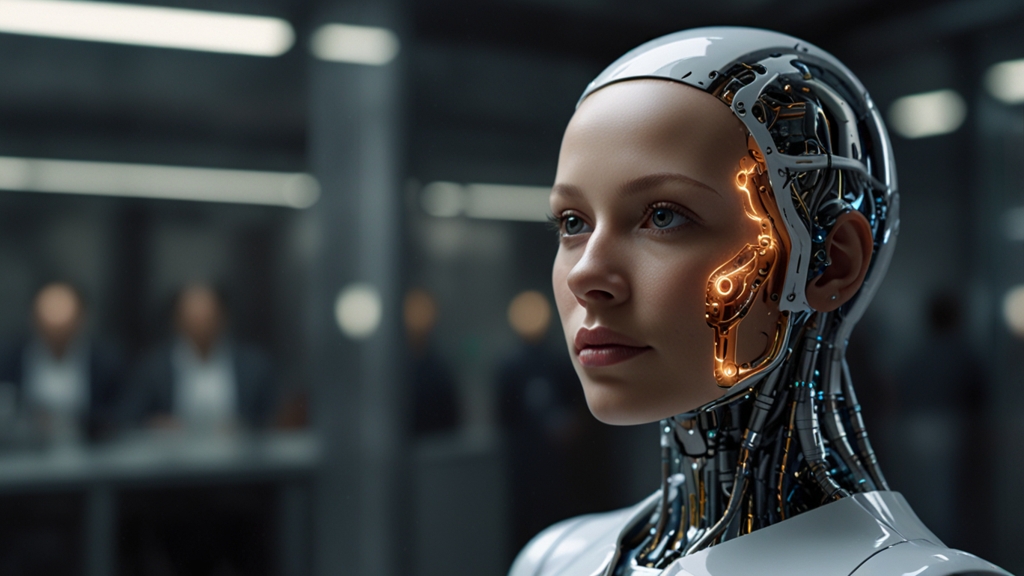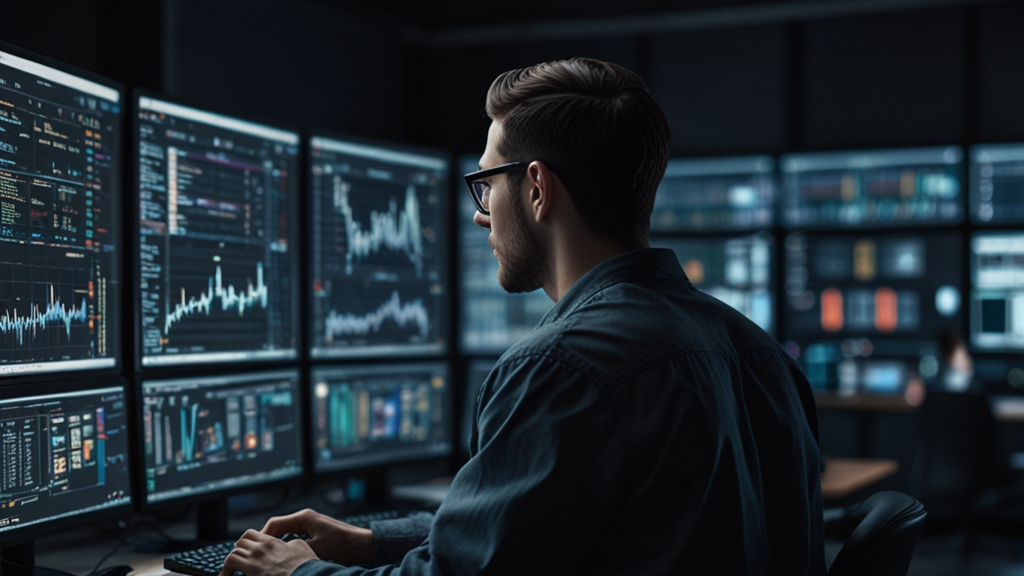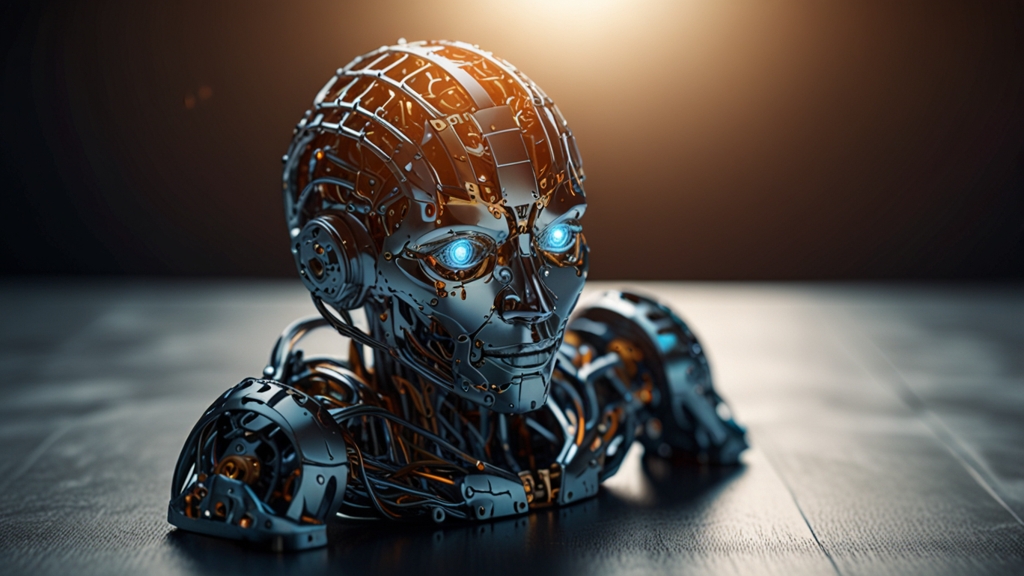Will AI Take Your Job? The Truth Behind Automation Fears
The rapid advancement of artificial intelligence (AI) has sparked an ongoing debate about the future of work. Many individuals are concerned that AI and automation technologies will render their jobs obsolete, leading to widespread unemployment. But is this fear justified? To understand the implications of AI on the job market, it's essential to delve into both the potential risks and opportunities that come with this technological evolution.
The Evolution of Automation
Automation is not a novel concept. Since the Industrial Revolution, machines have gradually taken over tasks that were once performed manually. From mechanized looms to assembly line robots, technology has continually reshaped the landscape of work. AI, however, represents a quantum leap in automation capabilities. Unlike traditional machines, AI can learn and adapt, performing complex tasks that previously required human intelligence.
According to a 2017 report by McKinsey Global Institute, about 50% of current work activities are technically automatable by adapting existing technologies. This figure has likely increased with the ongoing advancements in AI and machine learning.
The Fear of Job Displacement
The primary concern surrounding AI is job displacement. It's not unfounded; several industries have already experienced significant workforce reductions due to automation. Manufacturing, for instance, has seen robots replacing assembly line workers at a fast pace. But it's not just blue-collar jobs at risk. White-collar professions such as accounting, legal services, and even medicine are also susceptible to automation.
"While some jobs will be lost, and many others will be created, almost all will change. By 2030, work as we know it will be transformed by the widespread adoption of AI technology," said a World Economic Forum report.
The Silver Lining: Job Creation and Transformation
While the fear of job loss is real, it's crucial to acknowledge the other side of the coin: job creation. As old jobs are automated, new roles are emerging. For instance, the rise of AI has led to increased demand for data scientists, AI specialists, and cybersecurity experts. These roles did not exist a few decades ago but are now among the most sought-after positions in the job market.
Moreover, AI can complement human labor by taking over mundane tasks, allowing employees to focus on more strategic, creative, and fulfilling activities. This shift has the potential to increase overall job satisfaction and productivity.
Preparing for the Future
Given the inevitable impact of AI on the workforce, how can individuals and organizations prepare for the future? Here are a few strategies:
- Upskilling and Reskilling: Continuous learning is essential. Workers should seek opportunities to upskill and reskill, focusing on areas less likely to be automated, such as creative problem-solving, emotional intelligence, and advanced technical skills.
- Lifelong Learning: Educational systems need to adapt to the changing job market by emphasizing lifelong learning and flexible skill acquisition.
- Government and Corporate Responsibility: Policymakers and business leaders must collaborate to create safety nets and support systems for displaced workers, including retraining programs and unemployment benefits.
"The key to surviving this AI-driven transformation lies in adaptability and a commitment to learning. The nature of jobs will evolve, but human creativity and ingenuity will always find ways to add value," said tech entrepreneur Elon Musk.
Conclusion
While the fear of AI-induced job loss is understandable, it's important to approach the issue with a balanced perspective. AI will undoubtedly disrupt the job market, but it will also create new opportunities and transform existing roles. The future of work is not a dystopia where machines replace humans, but a landscape where humans and AI collaborate to achieve greater efficiency and innovation. By embracing lifelong learning and adaptability, we can not only survive but thrive in the age of AI.









